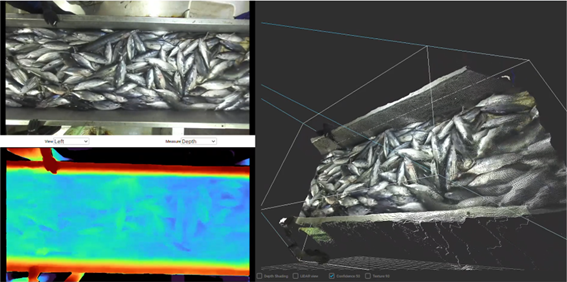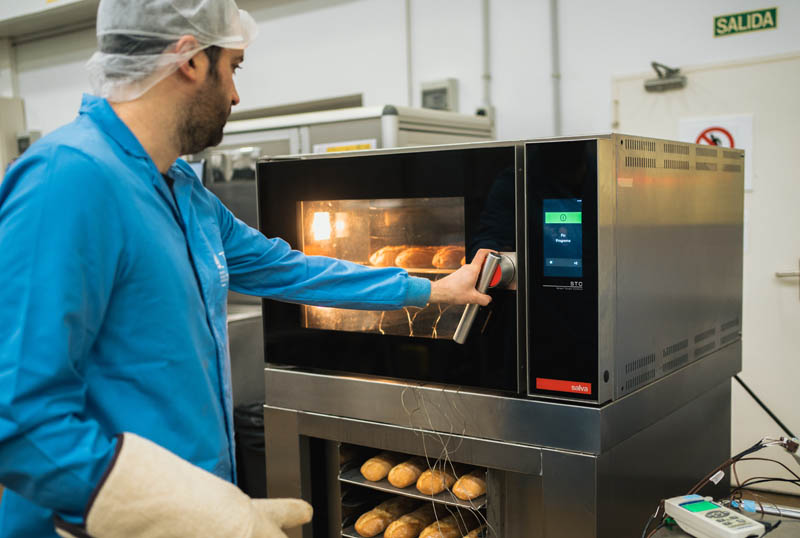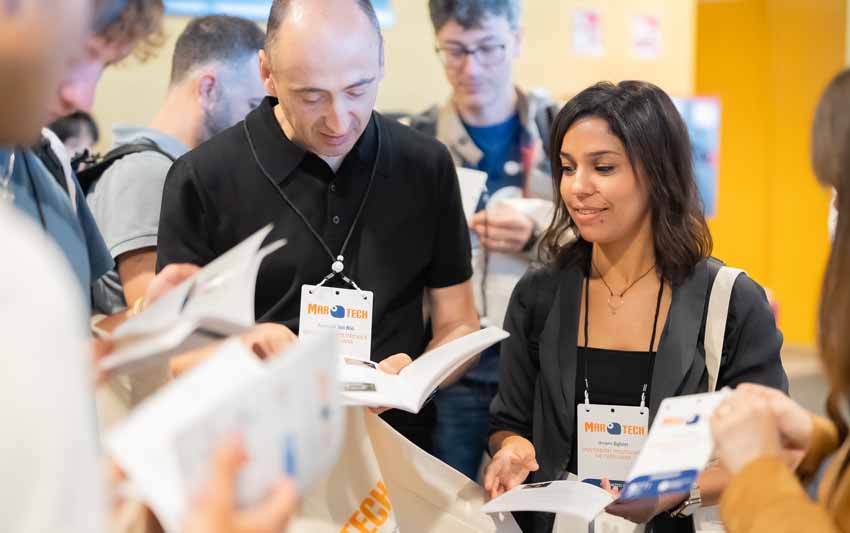Fisheries monitoring programmes – what are they and how do they work?
Últimas noticias
Una mirada LGTBIQ+ al reino animal
Circular Economy in Action: Valorisation of By-products through Projects like PRIMA NEWFEED
Strategic Perspectives: Highlights from the Food4Future World Summit for Business Leaders
JON RUIZ. AZTI Expert in Sustainable Fisheries Management.
Fisheries monitoring programmes are essential for the effective management of marine resources, providing both scientists and managers with the data needed for scientific advice and fisheries control and monitoring. With advances in technology, electronic monitoring using cameras, GPS and sensors installed on fishing vessels has emerged as a tool to improve this monitoring and control of fisheries.
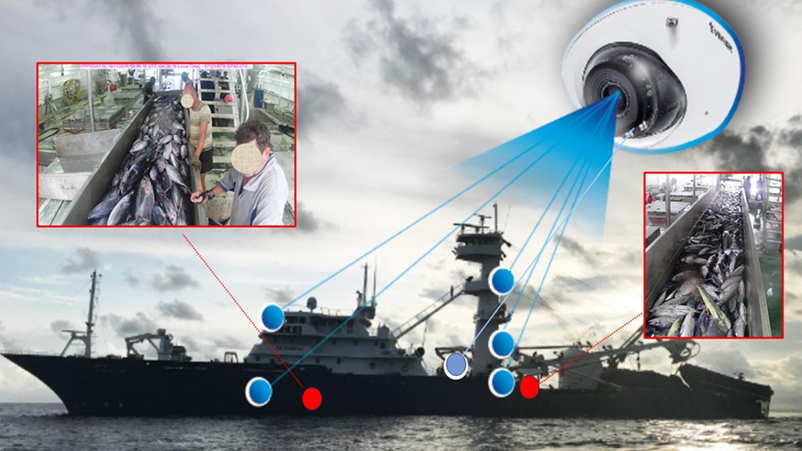
At this stage, the visualisation of the images captured by these surveillance systems requires the intervention of an operator. However, the application of deep learning and artificial vision techniques could automate the identification of catches by species, increasing the added value of this technology by allowing catch data to be obtained objectively and in near real time.
During the period 2021-2023, this project has focused on the fleet of large freezer tuna vessels, where several Spanish companies have voluntarily installed electronic observation systems in the Atlantic, Indian and Pacific Oceans. The main objective of the project is to develop a model based on artificial vision techniques that can automatically calculate the proportions and sizes of the three main species caught by the tuna fleet using purse seine nets in the tropical zone: yellowfin tuna (Thunnus albacares), skipjack tuna (Katsuwonus pelamis) and bigeye tuna (Thunnus obesus).
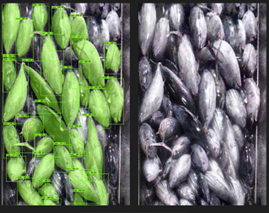
The process starts with pre-processing and standardisation of the images due to variations in angles and lighting conditions on each vessel. A training set of images is then created to train a deep learning model that can separate, classify and measure tuna. From the images captured on the conveyor belt in the fishing yard, the model automatically calculates the proportion and size of each species in each fishing operation or set, and converts these values into weights.
The model still faces challenges such as lens fouling, image sharpness, brightness and overlap between fish. Although the current results lack the rigour required for effective use as a tool for scientific monitoring and fisheries control, measures such as the use of stereoscopic cameras to generate 3D point clouds and to rebuild the invisible part of the fish are being implemented to allow more complete measurements.
